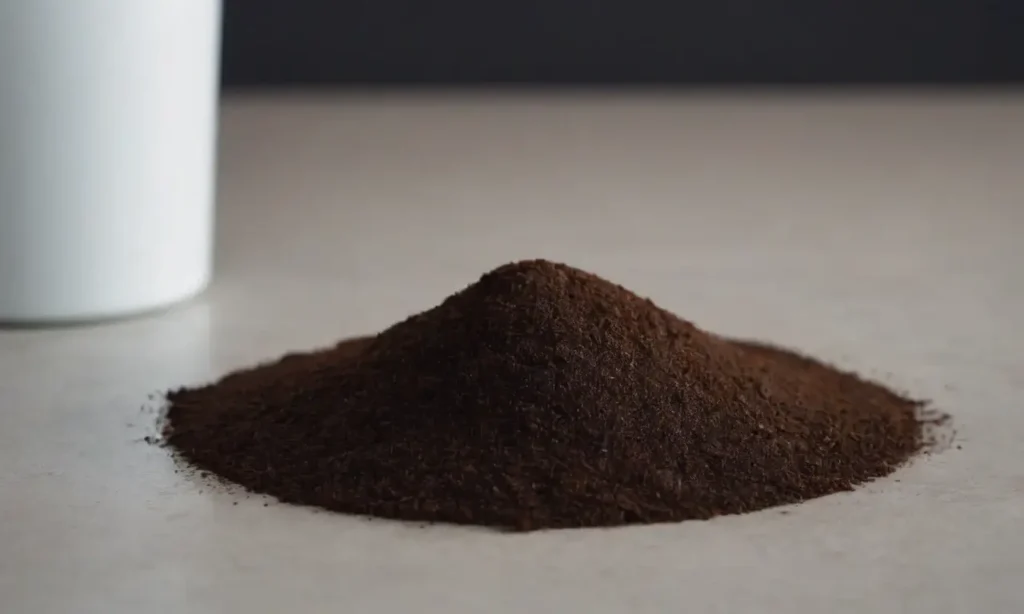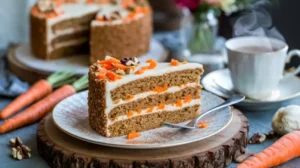Coffee grounds: the dark, aromatic remnants of our beloved morning brew.
They’re a daily staple for millions, but what happens when the coffee’s been drunk, the buzz kicks in, and you’re left staring at a soggy pile of grounds? Toss them down the sink? Bin them? Feed them to your pet snail?
Let’s dive into the proper ways to dispose of coffee grounds.

Why Not the Sink?
First things first: don’t dump your coffee grounds down the drain. Here’s why:
| Reason | Impact |
|---|---|
| Clogging | Coffee grounds clump together and form blockages. |
| Plumbing Costs | Calling a plumber = expensive. Fixing it yourself = stressful. |
| Environmental Impact | Accumulated grease and coffee grounds in sewers = bigger problems. |
So, unless you fancy turning your sink into a coffee fountain (spoiler: it’s not as glamorous as it sounds), let’s explore better alternatives.
Smart Ways to Dispose of Coffee Grounds
1. Composting
Coffee grounds are a gardener’s best friend.
- Why compost?
Coffee grounds are rich in nitrogen, making them an excellent addition to compost piles. Your garden will thank you. - How to do it:
- Add coffee grounds to your compost bin.
- Mix them with dry materials like leaves or straw to balance the carbon-to-nitrogen ratio.
- Pro Tip: Worms love coffee grounds. If you’re into vermicomposting, your wriggly friends will be overjoyed.
2. Use Them in the Garden
- Fertilizer: Sprinkle coffee grounds around plants to improve soil quality.
- Slug and Snail Repellent: These pests hate coffee as much as we love it. Scatter grounds around vulnerable plants.
- Mulch: Mix grounds with other materials like wood chips to create a nutrient-rich mulch.
Warning: Don’t overdo it. Coffee grounds can make soil too acidic for some plants. Moderation is key.
3. Crafty Repurposing
Who said coffee grounds can’t have a second life?
- DIY Scrub: Mix coffee grounds with coconut oil to create an exfoliating body scrub.
- Odour Neutralizer: Place dried coffee grounds in your fridge to absorb funky smells.
- Cleaning Helper: Use them to scrub pots and pans; their gritty texture is perfect for stubborn stains.
4. Bin It Responsibly
If composting or repurposing isn’t feasible:
- Dry Before Disposing: Wet coffee grounds can become mouldy in your bin. Let them dry before tossing.
- Biodegradable Bags: Use biodegradable trash bags to ensure minimal environmental impact.
Coffee Grounds
- Natural Dye: Coffee grounds can be used to dye fabric or paper, giving a rustic brown hue.
- Pet Pest Repellent: Sprinkle around your garden to deter fleas from your pets.
- Historical Trivia: During WWII, coffee grounds were used as an ingredient in some soaps to stretch out limited supplies.
What Not to Do
Avoid these common mistakes:
- Flushing Coffee Grounds: As tempting as it might be, toilets and coffee grounds are not a match made in heaven.
- Overloading Compost: Too many coffee grounds can overwhelm your compost with nitrogen.
- Throwing Them Directly in the Garden Without Mixing: Pure coffee grounds can compact and block water flow.
Quick Reference Table: Coffee Ground Disposal
| Method | Best For | How To |
| Composting | Gardeners, eco-enthusiasts | Add to compost, mix with dry materials |
| Fertilizer | Garden care | Sprinkle lightly, avoid overuse |
| DIY Projects | Crafty individuals | Scrubs, dyes, and odour neutralizers |
| Bin Disposal | Quick and easy | Dry first, use biodegradable bags |
Closing Grounds
Disposing of coffee grounds doesn’t have to be a daily conundrum. Whether you’re greening your garden, crafting DIY masterpieces, or simply binning responsibly, there’s a solution for everyone. And remember, every small action counts toward a cleaner, greener planet — one coffee cup at a time.
Now go on, finish that cup of coffee. You’ve got grounds to take care of!


